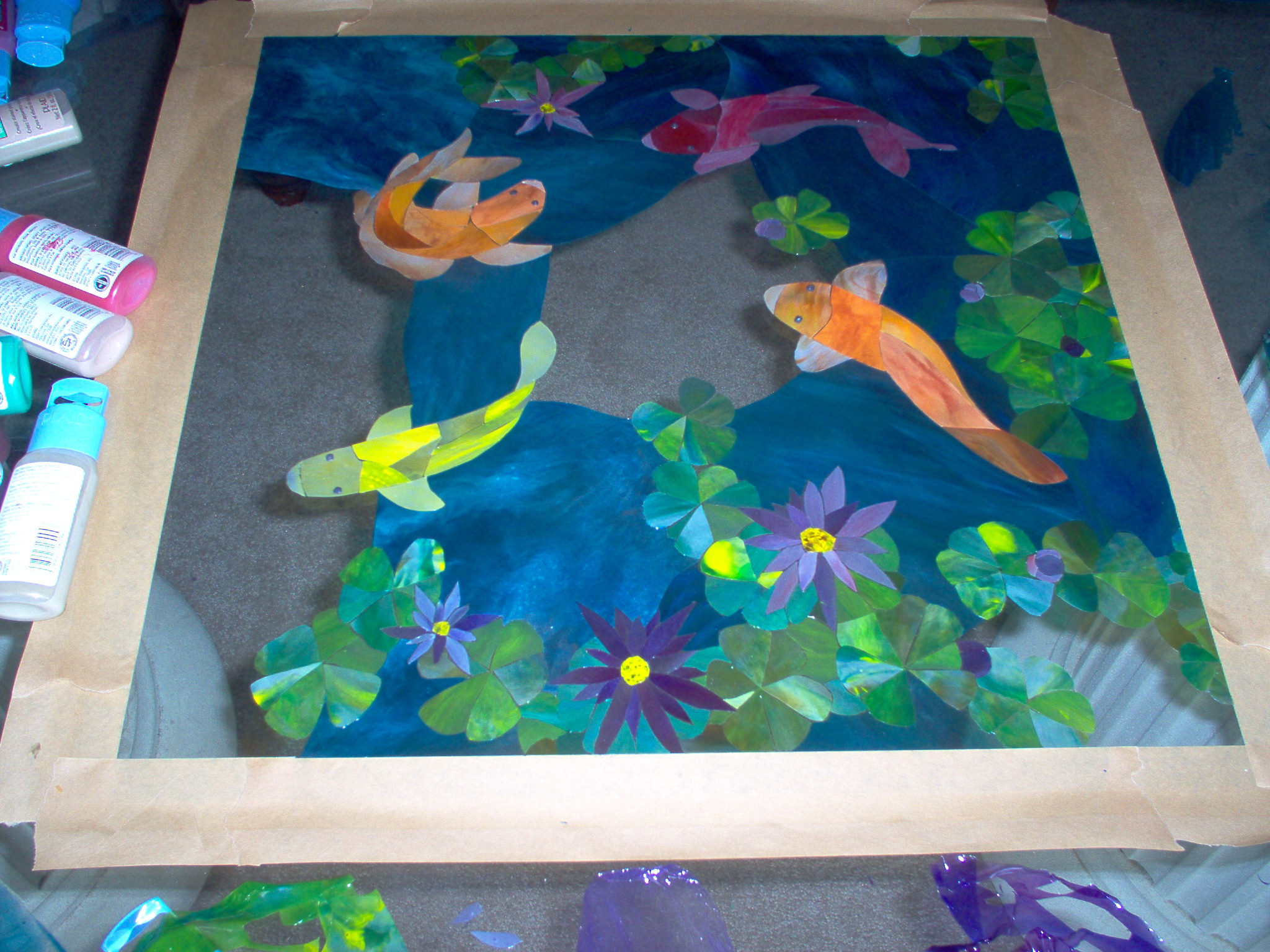|
Mr. Flaim has developed a unique process for painting glass that emulates the picturesque nature of stained glass, but features
the textures, dimension and richness only available through paint.
1. Select the Subject - Starting
with a picture or concept, Mr. Flaim will first research and then draw the layout on paper. The client then approves this
original concept drawing, and the drawing is transferred to the glass surface.
2. Create the Painted
Pieces - Using a knife and similar painting tools, Mr. Flaim blends and spreads paint to create "pieces" that emulate
stained glass pieces. For some effects, the paint is directly applied to the glass surface. For other effects, painted pieces
are specially created and transferred to the glass. The pieces are then trimmed to precisely fit the design.
While
Mr. Flaim's artwork resembles stained glass, it differs greatly because of this technique and the nature of paint. Painting
allows for a more fluid image. Stained glass is limited by the glass panels available, their color and composition, and the
inability to cut very small pieces of glass. This technique has each piece custom painted and fitting beautifully with each
piece around it to produce a painting that flows from one piece to another. In addition, painted pieces can be very small,
adding striking detail and subtle image enhancements, such as the wings of a hummingbird.
3. Apply the Lead
Lines - Once all the surfaces have been painted, "lead" lines are applied between the painted pieces. To complete
the look of lead, all joints are treated with liquid lead to emulate welded lead joints.
4. Signed and
Sealed - With the painting completed, Mr. Flaim signs the artwork and applies a sealer, making it appropriate for any interior
room of a home.

|
| Glass top desk work in progress (note missing "panels") |
|